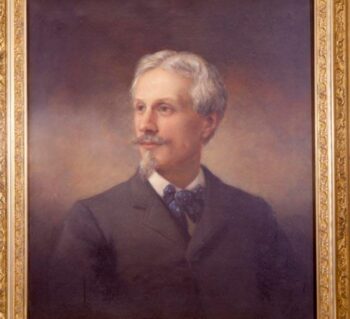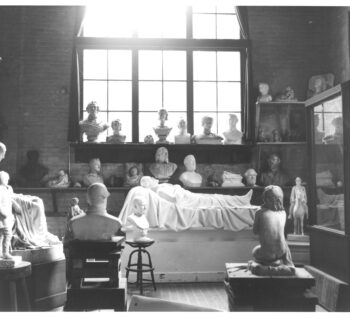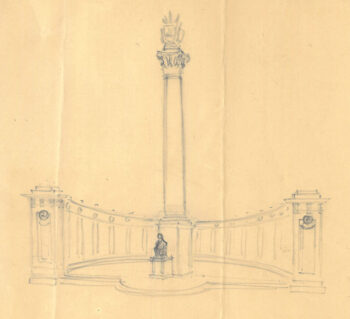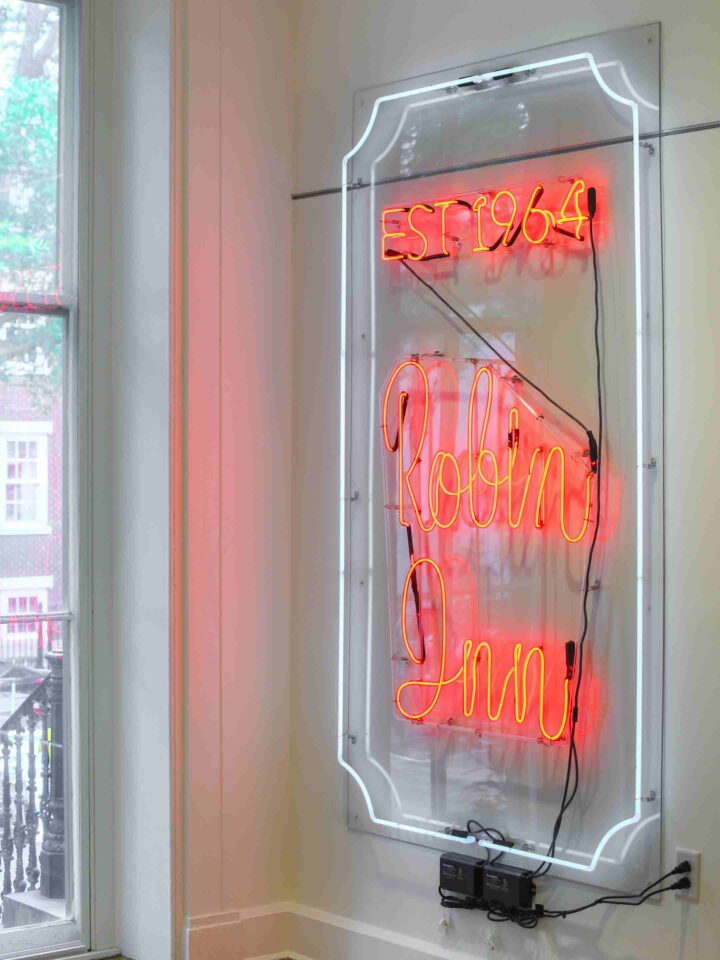
Edward Valentine’s Racist Caricatures
A Quick Look: Art in public and private spaces spread the Lost Cause myth after the Civil War. Explore three of Edward V. Valentine sculptures and their titles to see how these works promoted the ideas behind the Lost Cause.
By Valentine Museum Staff
Best known for his sculpture of Confederate soldiers, Valentine’s three caricatures of Black Richmonders popularized negative stereotypes of African Americans as unable to take care of themselves, unworthy of an education, and better off enslaved.
In The Nation’s Ward, the young boy gazes upward in a way that may show gratitude or adoration. The title of the piece indicates that society must step in and care for him.
Knowledge is Power shows another African American boy wearing worn clothing. The slumped posture of the Black schoolboy here reveals a deliberate choice by the artist. In an earlier clay model, the boy has his arm raised actively looking at the book in his lap. In the final version, Valentine sculpted him disengaged, slumped over asleep.
Valentine also considered other titles for the work like The Little Truant, A Scholar at Sleep, and Learning Under Difficulties.
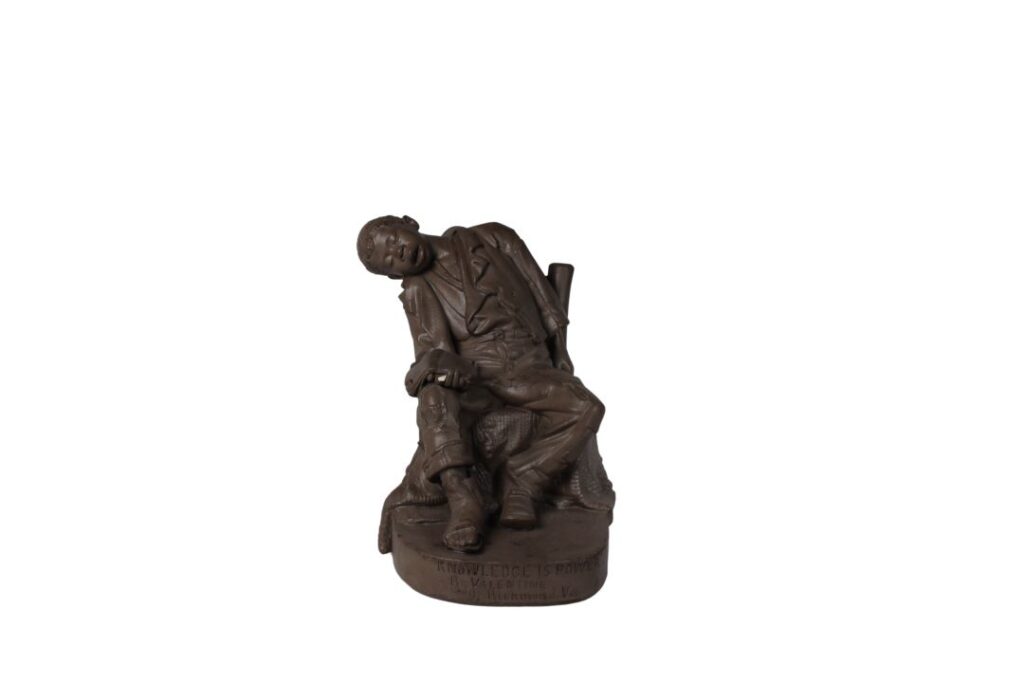
In contrast, Uncle Henry is well-dressed. Henry Page, enslaved to the Valentine family as their carriage driver, was the model for this bust in 1873.
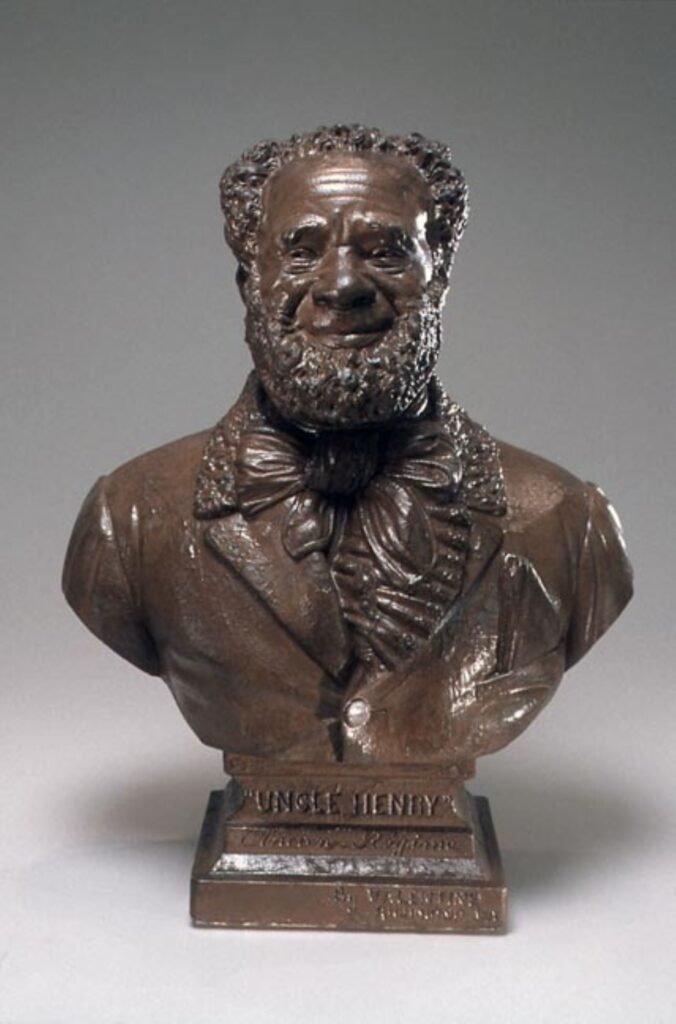
Like The Nation’s Ward, the title is carved into the base. Its subtitle, Ancien Régime, in combination with the figure’s clothing and expression, suggest the stereotype of the faithful servant or “good slave,” the enslaved person that looks upon his enslaver with fondness and devotion.
A reporter describing the statue in 1873 describes it as representing the “grandsire of the olden time” and contrasts it with The Nation’s Ward, which represents the “negro boy of the present day.”
As we look at these sculptures today, we focus on their racist undertones and historical context so that we can understand the biases and prejudices that supported the creation of the Lost Cause myth and the ways it was spread.
For more information about these sculptures, visit Racist Caricatures by Edward Valentine.
Sources
- Anna Katherine Sunderlin, Edward Valentine’s Racist Caricatures, Valentine Museum, November 2023, https://thevalentine.org/explore/richmond-stories/featured-stories/edward-valentines-racist-caricatures-2/.
Need to cite this?
| Authors | Valentine Museum Staff |
|---|---|
| Work Title | Edward Valentine’s Racist Caricatures |
| Website | https://thevalentine.org |
| Published | October 6, 2023 |
| Updated | May 24, 2024 |
| Copyright | © 2024 The Valentine Museum |
